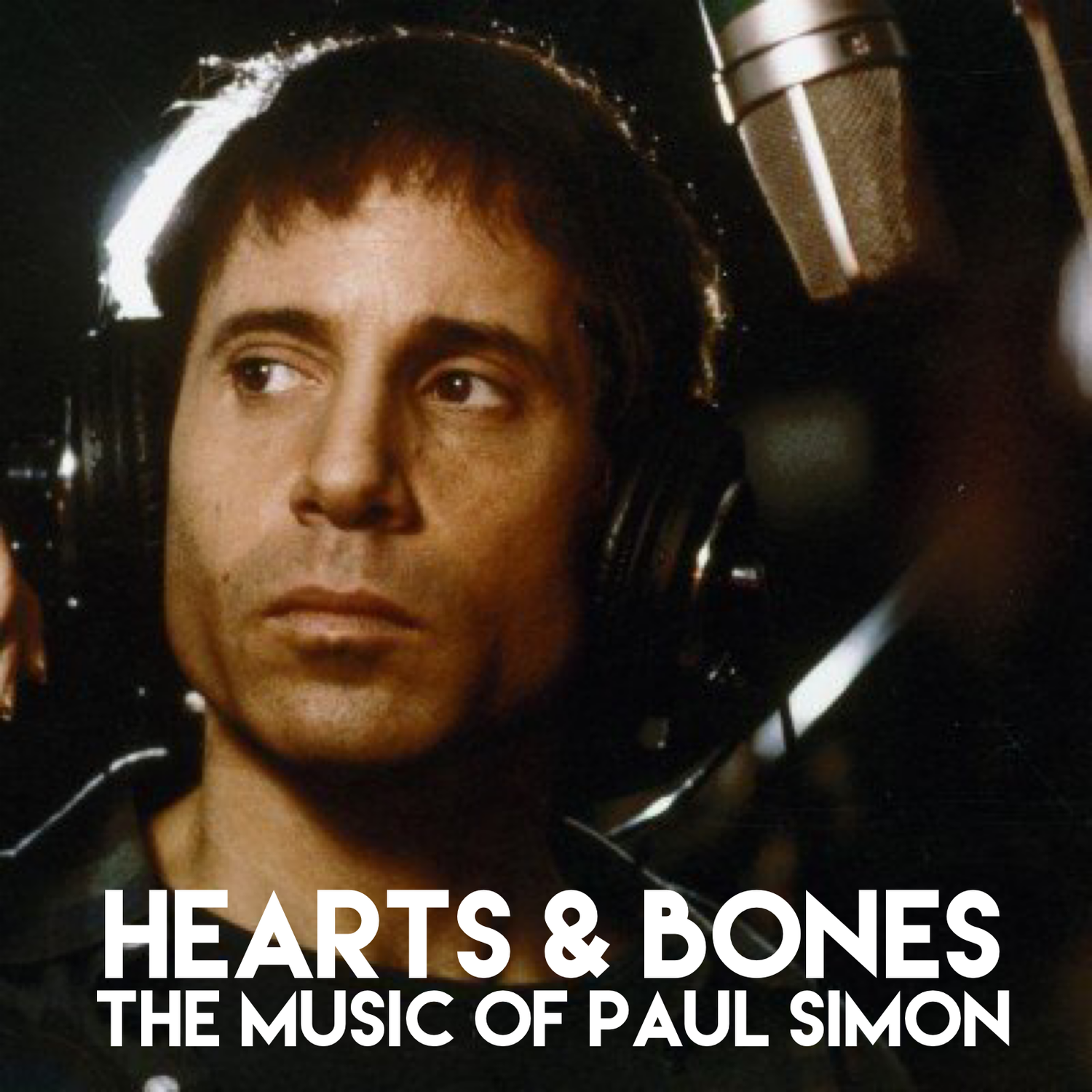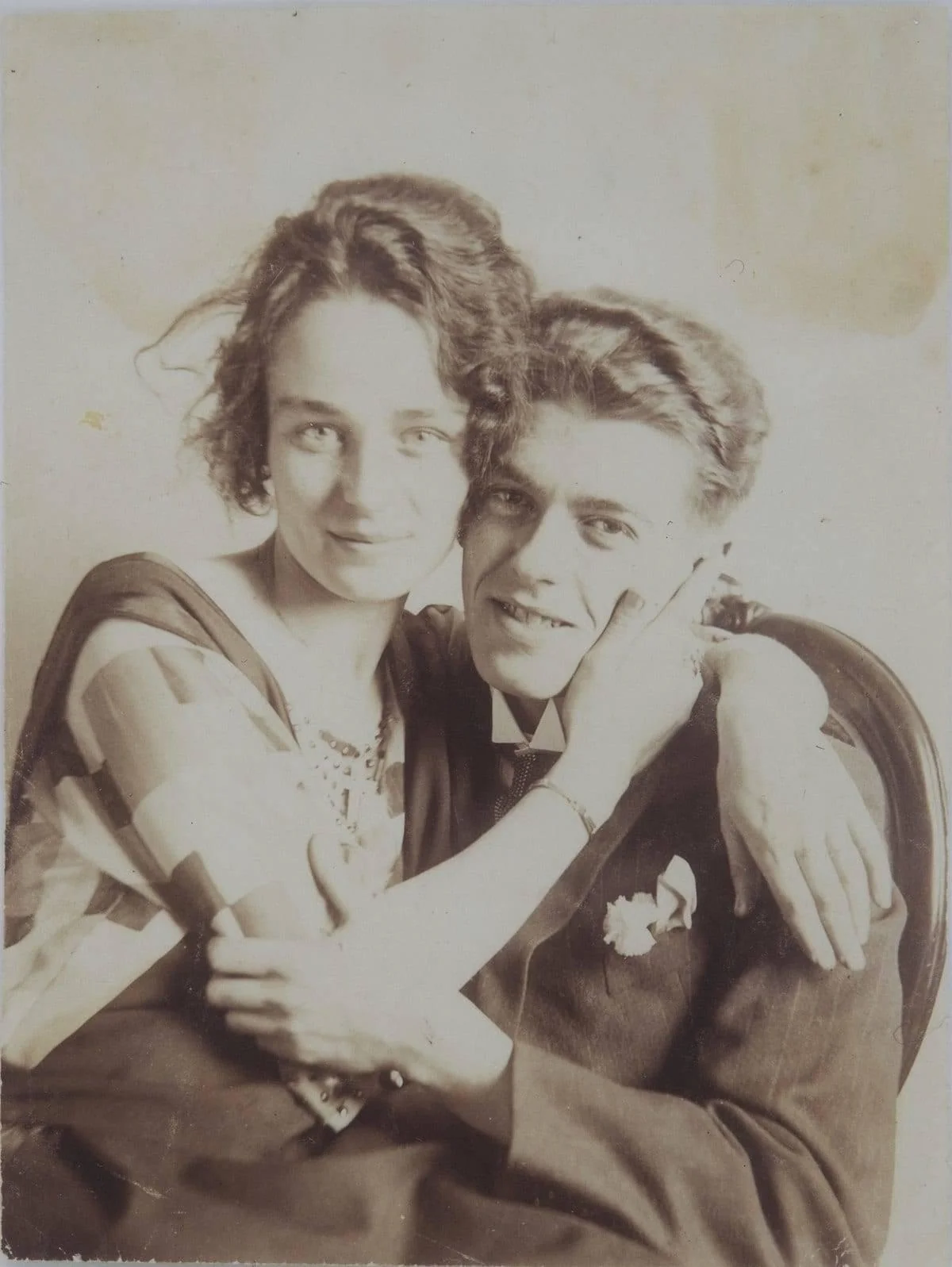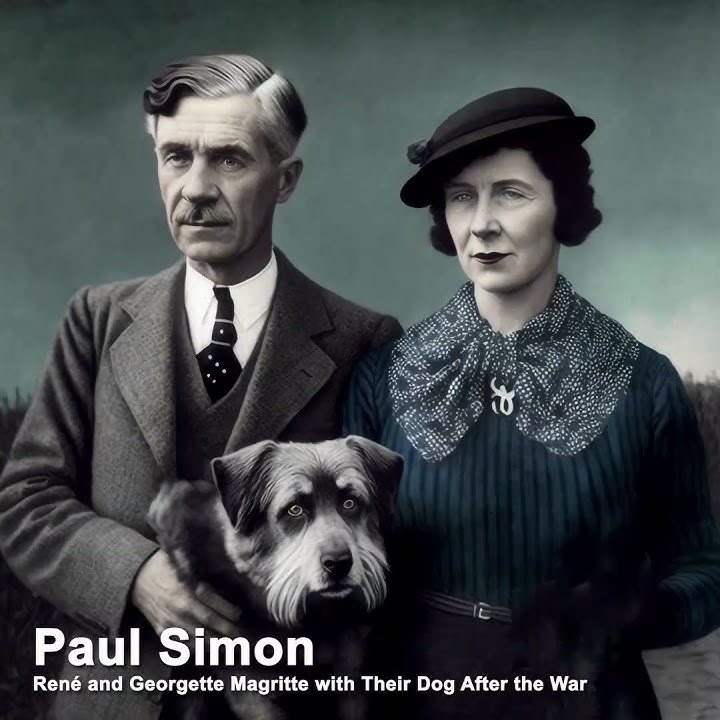
Hearts and Bones: Paul Simon’s Underrated Masterpiece on Love and Loss
When reflecting on Paul Simon’s work in the 1980s, Graceland often steals the spotlight. Its monumental impact tends to eclipse the subtler, more introspective brilliance of Hearts and Bones, released in 1983. Considered by many to be one of Simon’s most underrated albums, Hearts and Bones delivers an honest, mature rumination on love—particularly through the lens of Simon’s relationship with actress Carrie Fisher. As Jim Beviglia writes in American Songwriter, Simon’s “arc of a love affair” in the title track explores how idealized love often collides with life’s inevitable imperfections.
The title track begins with a gentle, breezy rhythm, characteristic of Simon’s deceptively simple style. It starts with an idyllic scene—“One and one-half wandering Jews” on a romantic journey through New Mexico. The light, playful musicality, driven by hand percussion and rhythmic acoustic guitar, lulls the listener into a sense of ease. But beneath this surface lies a deeper emotional truth, as the relationship between Simon and Fisher, though magical at times, was marked by the inevitable strains of differing expectations.
Simon, in his own words, was trying to create a seamless blend between conversational and poetic language. “What I was trying to learn to do was to be able to write vernacular speech and then intersperse it with enriched language,” he explained to SongTalk in 1991. In Hearts and Bones, the contrast is stark: a carefree vacation suddenly gives way to raw, intimate dialogue in the bridge, where the couple’s tension comes to light. She asks, “Why won’t you love me for who I am, where I am?” His reply, tinged with sad realism: “‘Cause that’s not the way the world is, baby.”
This emotionally charged exchange strips away the flowery romanticism, exposing the complexity and the pain of two people unable to fully connect. As Simon sings of their return to their “natural coasts,” he illustrates how love—once full of promise—can become a place of hurt, with each person speculating on “who has been damaged the most.” The final lines are bittersweet: “You take two bodies and you twirl them into one / Their hearts and their bones / And they won’t come undone.” Even after separation, the emotional imprint of the relationship remains.
It’s particularly striking that Simon wrote Hearts and Bones before he and Fisher were married and divorced, almost as if he could foresee the inevitable end but was powerless to alter the course. The song stands as a testament to Simon’s unflinching honesty, confronting the often harsh realities of love while acknowledging the beauty and intimacy shared by two people.
The album as a whole was originally intended to be called Think Too Much, a reflection of Simon’s internal conflict between heart and mind, thinking and feeling. The tension between these forces permeates the record, which Simon originally began as a Simon & Garfunkel project. Following their successful 1981 Concert in Central Park and subsequent world tour, Simon and Art Garfunkel entered the studio, with Garfunkel adding vocals to some of the album’s early recordings. However, as Simon delved further into the material, particularly the deeply personal title track, he decided that it was too intimate to release as a Simon & Garfunkel album. Garfunkel left the project, and Simon erased his vocals, turning Hearts and Bones into a solo effort.
Despite its emotional depth and artistic ambition, Hearts and Bones failed commercially, peaking at No. 35 on the Billboard 200. As Beviglia notes, the “mature and honest ruminations” of the album were somewhat overlooked during the flashy MTV era. Yet, in retrospect, the album has gained critical appreciation. Don Shewey of Rolling Stone remarked that it “is all about heart versus mind, thinking versus feeling,” while William Ruhlmann of AllMusic praised it as one of Simon’s most personal and ambitious collections.
Though it may not have reached the commercial heights of Graceland, Hearts and Bones is, in many ways, Simon’s most vulnerable and introspective work. It captures the beauty and heartache of love in its truest form—flawed, yet unforgettable. The “arc of a love affair” may not always reach a happy ending, but Simon’s exploration of those bends and breaks remains timeless.

Paul Simon – Hearts and Bones (Official Audio)
Song About the Moon
Song About the Moon · Paul Simon Hearts And Bones ℗ 1983 Sony Music Entertainment Released on: 2010-07-12 Electric Guitar: Dean Parks Contrabass: Anthony Jackson Drums: Steve Gadd Associated Performer: Greg Phillinganes Associated Performer: Rob Mounsey Associated Performer: Tom Coppola Producer: Russ Titleman Engineer, Mixing Engineer, Producer: Roy Halee Co- Producer: Lenny Waronker

Rene and Georgette Magritte with Their Dog After the War
Hearts And Bones
℗ 1983 Sony Music Entertainment
Released on: 2010-07-12
Orchestrator: Georges Delerue
Contrabass: Anthony Jackson
Guitar: Richard Tee
Piano: Rob Sabino
Associated Performer: Wells Christie
Background Vocal: The Harptones
Producer: Russ Titleman
Engineer, Mixing Engineer, Producer: Roy Halee
Co- Producer: Lenny Waronker

“Further to Fly,” a standout track from Paul Simon’s The Rhythm of the Saints, weaves a rich tapestry of Latin and African rhythms that embodies the album’s global influences. Released in 1990, the song features an array of accomplished musicians, including Brazilian icon Milton Nascimento on vocals and a vibrant percussion section that adds depth and complexity. Anchored by Bakithi Kumalo’s bass and Vincent Nguini’s guitar work, “Further to Fly” highlights Simon’s lyrical exploration of spiritual longing and personal growth, framed by a lush, multi-textured soundscape that transports the listener far beyond the confines of traditional pop music.
Provided to YouTube by Legacy Recordings Further to Fly · Paul Simon The Rhythm Of The Saints ℗ 2010 Sony Music Entertainment Released on: 2010-07-12 Vocal: Milton Nascimento Clavichord, Guitar: Vincent Nguini Bass: Bakithi Kumalo Bass: Armand Sabal-Lecco Congas, Tambourine: Sidinho Congas: Francisco Aguabella Congas: Giovanni Hidalgo Bongos: Anthony Carrillo Associated Performer: Dom Chacal Associated Performer: Naná Vasconcelos Bass Drum: Mingo Araujo Synthesizer: Michael Brecker Guitar: Adrián Belew Engineer: Roy Halee

